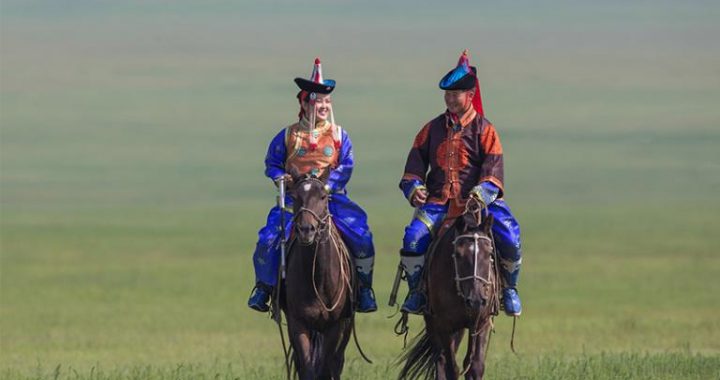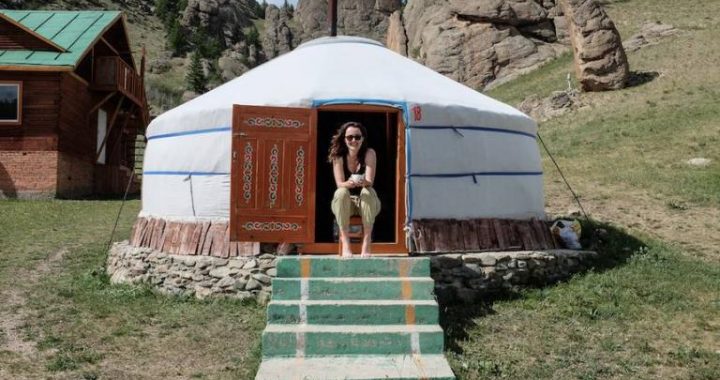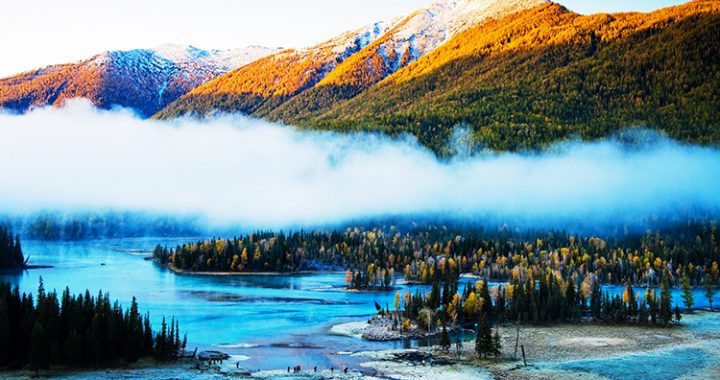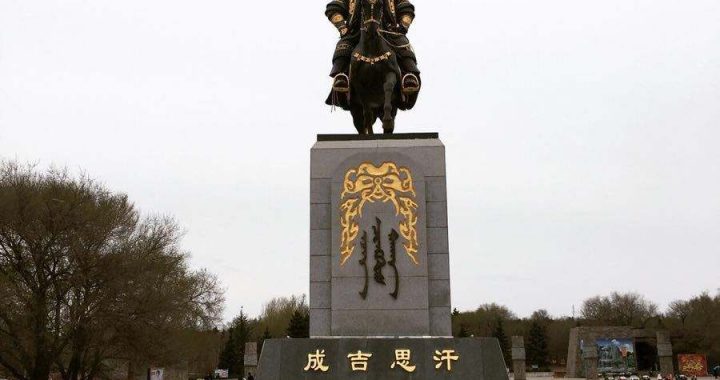The Yurts
3 min readThe yurts, also called Mongolian bao (Mongolian residences), are favored by the Mongolian nationality and other nomads because of its convenient building and simple structure.”Canopy”(canopy house), is a kind of tent-style mobile house and is mainly distributed in Gansu, Qinghai, Xinjiang and other places with cooler summers.
Bao in Manchu language means home and house. People of the Manchu nationality called the herdsmen housing of the Mongolian nationality Mongolian yurts, which is very popular in the Mongolian nationality and is also widely used by nationalities of Kazakh, Elunchun, and Tibetan. The origin of the Mongolian yurts has something to do with the local climate and living habits. The bad natural condition and largeamount of sand blown by the wind in winter force the people live where there is water and grass. And Mongolian baos’ character of being easy to set up and remove meets the need, therefore, they are widely used in the nomads.
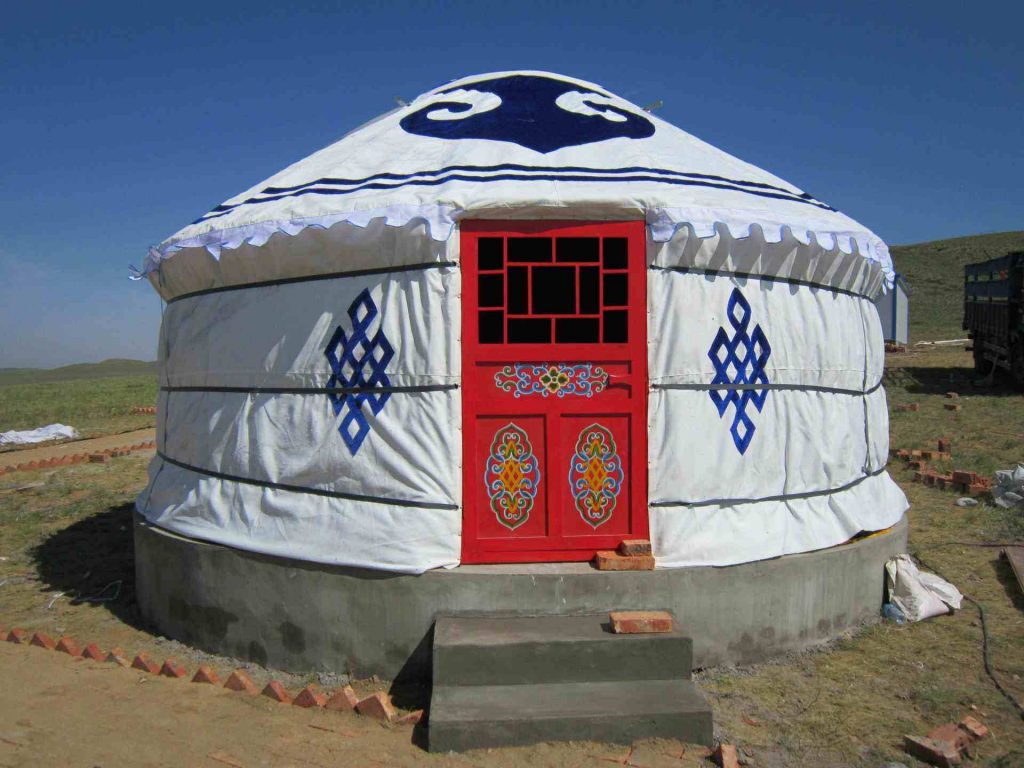
There are different sizes of the Mongolian yurts, but the structure is generally the same. While setting up the yurt, the first important thing is to choose a suitable place where there is rich water and grass. Then,a suitable circle would be drawn on the ground, around which many pillars are plug into to form a web. Pillarsare made of birch or wickers with the diameter about one inch. The web is the main body of the Mongolian yurts, and can be divided into several pieces. When knocked down, the pieces can be twisted into a bunch for convenience. The size of the Mongolian yurts depends on the number of pieces of the main body, usually 6 pieces.
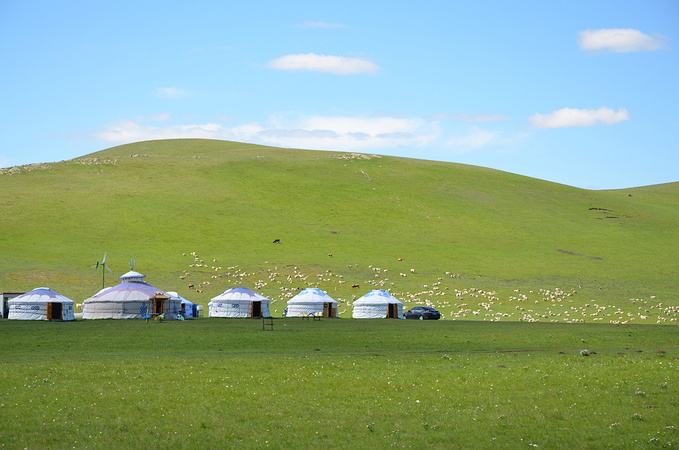
The top is an umbrella-shaped structure by several thin battens supporting “taonao”, and the so-called”taonao”is a round clearstory with the diameter of lm or more to provide air and light. In daytime, there is nothing on the taonao, but at night or in rainy or snowy days, there will be a woolen felt on it. After finishing the framework of the Mongolian yurts, the whole main body would be enclosed with ropes to make the frame steadier. Then the people would truss the woolen felts produced bthe locals onto the framework with wool strand, thus a Mongolian yurt being set up.
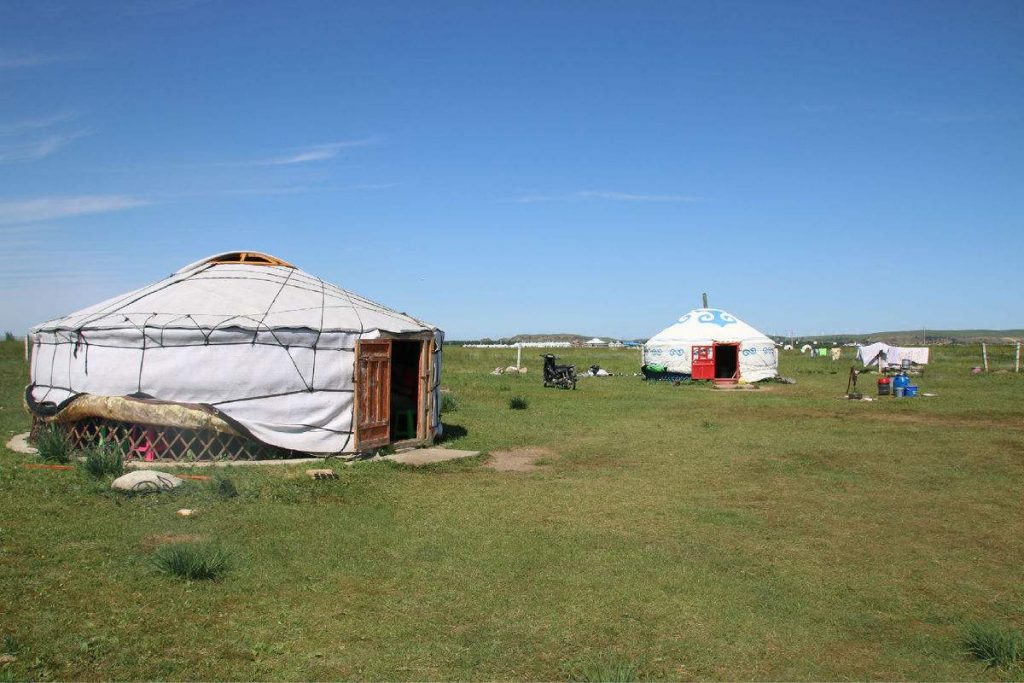
The number of the woolen felts changes according to the weather: in summers, only one layer; however in winters, up to eight layers. Therefore, the inside of the Mongolian yurt is quite warm and comfortable even in winters. It will take only one to two hours to knock down or fix the Mongolian yurt and one or two oxcarts to carry it away.
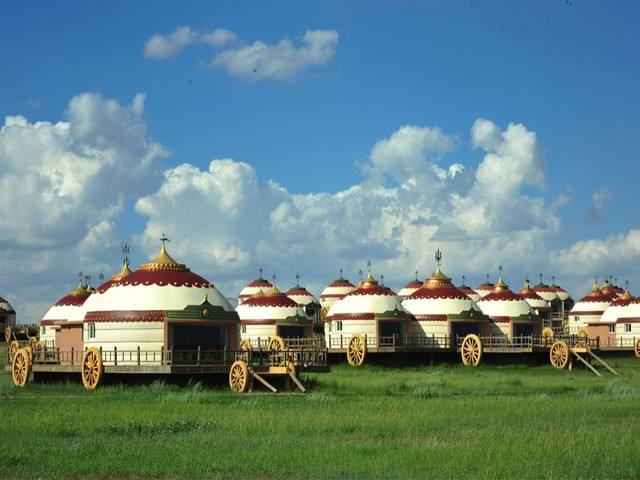
Nowadays, in some plain areas, nomads have settled down, and the shape of the Mongolian yurts has also changed a little from movable to immovable. Following theresidences of the Han nationality, people build walls with sun-dried mud bricks orhaystack, and there is also a Kang (heated bed) inside the house. Some rich families even take colored glaze tiles for decoration.

